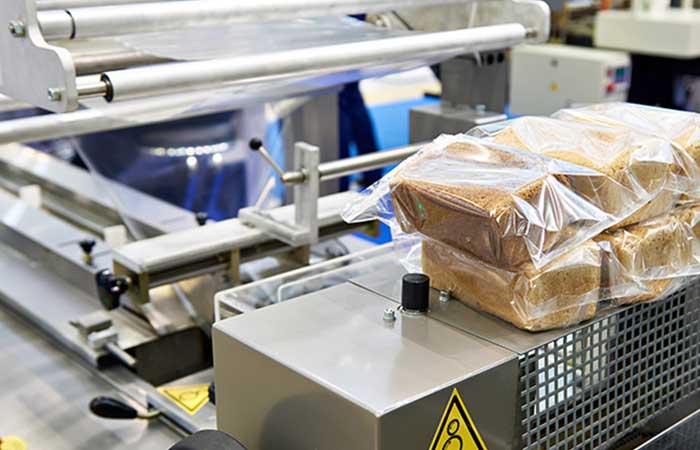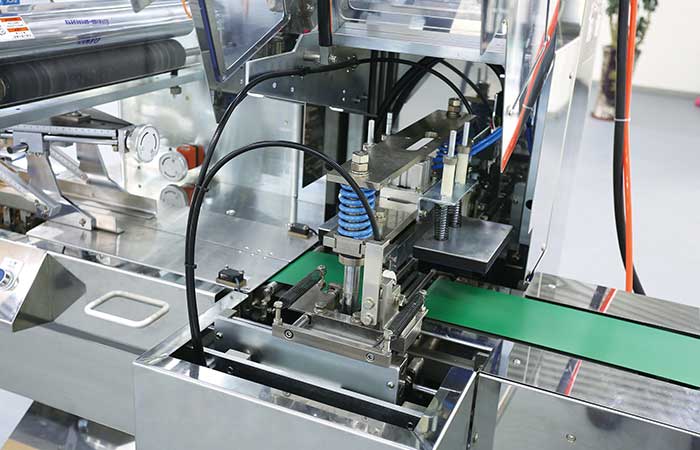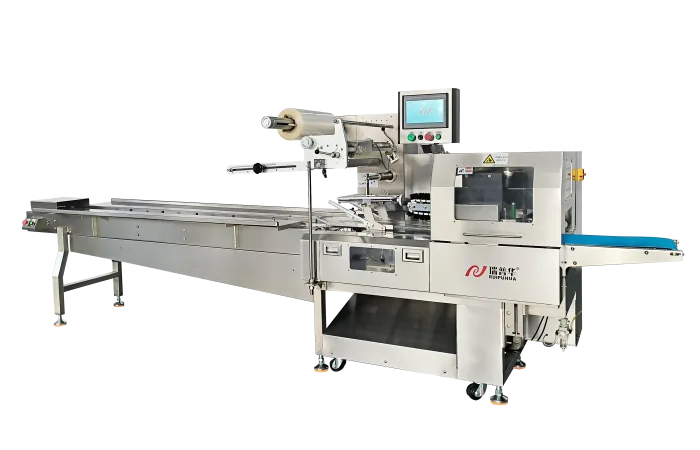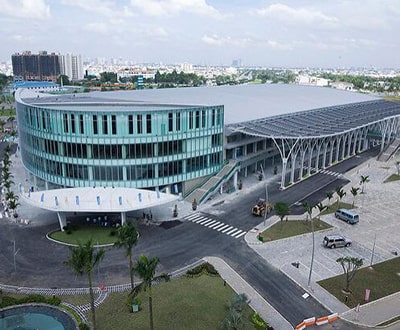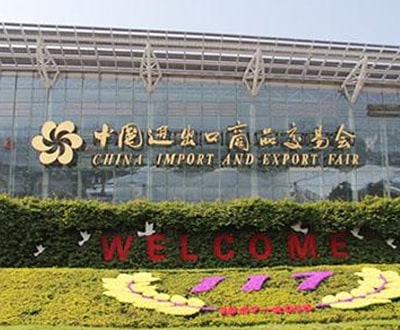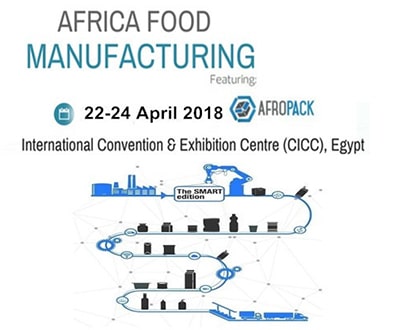The Impact of Automation on the Packaging Machinery Industry
Introduction to Automation in Packaging
Packaging operations have relied on automated machinery since the early 20th century, when the first automated packaging equipment was introduced. However, more widespread adoption of automation in packaging really took off in the 1950s and 1960s. Early automated packaging machines were designed to help streamline packaging lines and boost productivity.
Today, automation is ubiquitous across the packaging industry. Packaging lines rely on advanced automated machinery equipped with sensors, servo motors, robots, and programmable logic controllers. From primary packaging operations to secondary packaging and palletizing, automation enables faster, more efficient and consistent packaging.
Automation has become critical for packaging operations for several key reasons:
- It improves productivity and efficiency
- It reduces human error and boosts consistency
- It enables faster changeovers between product configurations
- It improves sustainability by reducing waste
- It enhances safety by removing workers from dangerous machinery
As packaging lines grow more complex and products proliferate, manufacturers are relying heavily on automated solutions to achieve higher throughputs, greater flexibility, and lower costs. Automation is now an essential component of modern packaging operations.
Benefits of Automation in Packaging
Automation provides numerous benefits for companies in the packaging industry. By implementing automated packaging machinery and processes, manufacturers can achieve major improvements in efficiency, productivity, costs, quality control, and worker safety.
One of the biggest advantages of packaging automation is substantially improved efficiency and productivity. Automated systems can operate continuously at very high speeds without stopping for breaks, sleeping, or eating. Intelligent sensors provide real-time monitoring and feedback, enabling the equipment to adjust on-the-fly to maintain peak performance. Integrated robotics and conveyor systems allow seamless hand-offs between machines, minimizing downtime.
With automated packaging machinery, manufacturers can achieve much higher throughput and output levels compared to manual processes. Studies have shown productivity increases of 30-40% from automating end-of-line packaging. The speed, precision, and reliability of automated packaging systems allow companies to scale up production efficiently.
Transitioning to automated packaging also provides major cost reduction opportunities. Automation reduces the need for direct human labor in packaging operations, lowering personnel expenses. It also minimizes material waste and downtime, further driving down costs. The far higher throughput achieved with automated processes spreads fixed costs over more units. With the rapid payback period of 1-2 years for many packaging automation projects, manufacturers can start benefiting from substantially lower unit costs quickly.
In addition, automation enables much tighter quality control over packaging. Vision inspection systems can detect faults or errors quickly and automatically remove defective products. This prevents substandard packages from reaching customers. The consistent precision of automated packaging also ensures each package meets specifications. This level of quality control is difficult to achieve manually.
Finally, automating hazardous or highly repetitive packaging tasks enhances worker safety. By having machines handle these jobs, the risk of injury from accidents or overexertion is reduced. Workers are moved to less physically-intensive and higher value-added roles. The manufacturing environment becomes safer overall.
Challenges of Implementing Automation
While automation offers many benefits, it also comes with challenges that packaging companies need to consider before adoption. Some of the main challenges include:
High Upfront Costs
The upfront capital expenditure on automated equipment can be steep. Advanced robotic systems, sensors, software platforms and integration costs quickly add up. For smaller companies, the initial investment may be prohibitive. However, manufacturers need to take a long term view, as automation pays back over time through enhanced productivity and efficiency.
Integration with Legacy Systems
New automated systems need to integrate with legacy software and equipment on packaging lines. This can require additional time and investment in customization and programming. Support from automation partners is key in ensuring a smooth integration process.
Training Workers
There is a learning curve as existing employees get up to speed on operating and maintaining new automated systems. Comprehensive training and change management is required. Some workers may resist the adoption of automation, feeling their roles are threatened. Clear communication about how automation augments and empowers employees can help overcome hesitance.
Maintaining Equipment
While automated systems are designed for maximum uptime, they require ongoing maintenance, occasional repairs and software updates. Having skilled technicians on staff or support contracts with equipment vendors helps manage this maintenance burden. Preventative maintenance is key to avoiding costly downtime.
Automating Packaging Processes
The process of packaging products can be significantly enhanced through automation. Automated packaging lines utilize a combination of automated equipment and robotic technology to streamline packaging operations. Some key elements of automating packaging processes include:
Automated Packaging Lines
Automated packaging lines integrate a series of machines and components to automate packaging tasks like filling, capping, labeling, sealing, and more. Advanced control systems manage the entire line for maximum efficiency. Automated lines enable faster packaging speeds and higher production output.
Robotic Pick and Place
Robotic pick and place systems precisely grasp items and place them into packaging. These robots can handle high speeds and heavy payloads with extreme accuracy thanks to vision systems and sensors. They eliminate the need for human involvement in repetitive pick and place tasks.
Automated Palletizing
Automated palletizers stack and arrange finished products onto pallets efficiently. They can configure patterns to optimize pallet space and stability. Automated palletizing robots can carefully handle a wide variety of product shapes and sizes.
Vision Inspection Systems
Machine vision systems automatically inspect packaging quality and check for defects. They can detect issues like missing or improperly sealed products. Vision inspection offers rapid, consistent, and precise inspection without relying on human eyesight.
By incorporating these technologies, manufacturers can achieve substantial improvements in packaging efficiency, consistency, and throughput.
Packaging Machinery Sensors
Sensors play a critical role in automated packaging machinery. They allow the equipment to detect materials, monitor processes, and make adjustments automatically. There are several types of sensors commonly used in packaging machinery:
Proximity Sensors
Proximity sensors detect the presence of objects without physical contact. They are often used to check positioning of products before packaging. There are many types, including inductive, capacitive, photoelectric, and ultrasonic proximity sensors. Using non-contact detection, they can test if items are correctly oriented before being sealed in packaging.
Limit Switches
Limit switches control machinery motion by detecting when something has reached its end position. They act like on/off buttons, opening or closing an electrical circuit when activated. In packaging equipment, limit switches stop motors when a moving part reaches its target. This prevents over-travel and collisions.
Encoder Sensors
Encoders measure motor shaft rotation to provide positioning and speed data. Optical incremental encoders use light beams to generate electrical pulses as the shaft turns. Absolute encoders give a unique output code for each angle of shaft rotation. Encoder feedback enables precise control of motors for tasks like product transportation.
Vision Sensors
Machine vision systems use cameras and image processing to perform inspections and detection. Vision sensors can check product shape, color, completeness, and more. They identify defects and confirm correct labeling. In robotic packaging systems, vision guides the robots to grasp and place items accurately.
Integrating IoT and IIoT
The Internet of Things (IoT) and Industrial Internet of Things (IIoT) are having a major influence on the packaging industry. IoT broadly refers to the concept of connecting machines and devices to the internet and to each other. In the packaging industry, this might involve sensors on machinery that monitor performance and detect issues. The data from these sensors can then be analyzed to optimize efficiency.
IIoT more specifically focuses on industrial applications like manufacturing and production. For packaging companies, IIoT integration enables advanced connectivity across the production line and supply chain. Some of the key benefits of integrating IIoT include:
- Connected machines and data analytics – IIoT allows packaging equipment from different vendors to connect and communicate. This generates abundant production data that can be analyzed to identify inefficiencies and improve processes.
- Predictive maintenance – Sensors on packaging machinery can track machine health and performance. This data helps predict maintenance needs before breakdowns occur.
- Supply chain integration – IIoT enables end-to-end supply chain connectivity. This allows packaging companies to coordinate production, inventory, and deliveries more efficiently.
Overall, the rise of IIoT presents exciting opportunities to optimize packaging operations. Companies that leverage IIoT and smart factory solutions can achieve substantial gains in productivity, efficiency, and flexibility.
Robotics in Packaging Machinery
Robotics is rapidly becoming an integral part of the packaging machinery landscape, offering numerous benefits over traditional machinery. Robots excel at repetitive and dangerous tasks, providing accuracy, speed, and reliability beyond human capabilities. Their flexibility also allows quick changeovers between packaging tasks.
Robots are well-suited for handling, picking, placing, and palletizing products and packages with great precision. For example, articulated robots with multiple joints can gently pick up fragile items and place them into cases or cartons. Robots can work continuously without breaks, maximizing productivity. Their operation generates valuable data for analyzing overall equipment effectiveness.
Vision systems enable robots to “see” their environment, identifying products, packages, and positions for accurate manipulating and placing. Grippers customized for specific items provide dexterous grasping and ensure secure holding. Mobile robots bring automation directly to the work, rather than making the work come to fixed automation.
Future innovations in robotics will increase speed, precision, and capabilities. Warehouse robots with advanced vision systems can locate and retrieve products autonomously. Human-robot collaboration allows people and robots to work together, combining human problem-solving with robotic strength, precision, and repeatability. As robotics advances, packaging applications will continue expanding.
Automation Enables Sustainable Packaging
One of the areas where automation is making a tremendous impact in packaging machinery is in the drive towards sustainability. Automated packaging systems are playing an integral role in reducing material waste, enabling greater recyclability, and enhancing overall supply chain efficiency.
With greater precision and control, automated machines are able to optimize material usage, reducing waste at every stage and ensuring that only the required amount is used. Vision inspection systems with AI capabilities can detect defects and variations, adjusting processes dynamically to minimize rejects and material waste. Automated packaging systems are also able to select the optimal material size and shape for each product, eliminating excess.
The flexibility of automated equipment allows for greater use of recycled materials and components optimized for recyclability after use. Intelligent sensing can identify and sort packaging for optimal recycling, while robotic systems can disassemble multi-material packaging to enable higher recycling rates.
By streamlining processes and enhancing traceability, automation also leads to improved supply chain efficiency resulting in sustainability benefits. With the increased speed, reliability and intelligence of automated packaging, less inventory needs to be kept on hand, and products can be moved into use more quickly after production.
As sustainable packaging continues to be a priority, automated equipment will be critical in reducing the environmental impact of packaging across its entire lifecycle. The precision, flexibility and intelligence of automation systems makes them ideal to enable and drive sustainability in the packaging machinery industry.
Automation Improves Packaging Safety
Automation in packaging machinery can significantly improve safety for workers by reducing the risk of injury. Packaging often involves repetitive motions, interaction with moving machinery, and handling of sharp objects—all opportunities for workplace accidents. Automating these processes minimizes human involvement and the chance for human error.
Automated packaging systems integrate sensors, scanners, and other technological safeguards to promote safe operation. This built-in accident prevention removes reliance on people closely following safety protocols. The automated machinery is designed to pause or stop if something goes wrong, keeping workers out of harm’s way.
Well-designed automated packaging machinery also utilizes hygienic construction principles with easy-to-clean stainless steel, non-porous plastics, and elimination of niches where bacteria could grow. This creates a cleaner and safer environment for packaging food, pharmaceuticals, and medical devices. Workers are less exposed to risks from improper sanitation.
In summary, automation introduces physical separation between the worker and hazardous aspects of packaging processes. It also incorporates technological safeguards against accidents. The result is greatly improved safety for packaging facility employees. This reduction in occupational injuries is a significant benefit of automated packaging machinery.
The Future of Automated Packaging
The future of automation in the packaging industry points to increased capabilities driven by emerging technologies. As packaging lines become more sophisticated, the end goal is to have fully automated systems requiring minimal human intervention.
With advancements in artificial intelligence (AI) and machine learning, packaging equipment will become more adaptive, flexible and self-optimizing. Machine vision and other sensor technologies will enable machines to inspect products, track inventory, and make intelligent decisions to maximize efficiency.
Automated packaging systems of the future will also be highly customizable and responsive to consumer demands. With flexible robotic arms and modular equipment, automated lines will be able to switch seamlessly between package sizes, materials and configurations. This will allow for on-demand, personalized packaging preferred by today’s consumers.
By embracing advanced automation, the packaging industry can look forward to equipment that is smarter, more connected, and capable of operating with complete autonomy. Companies that leverage these emerging technologies will gain a competitive edge through accelerated productivity, product customization, and sustainability improvements.
-
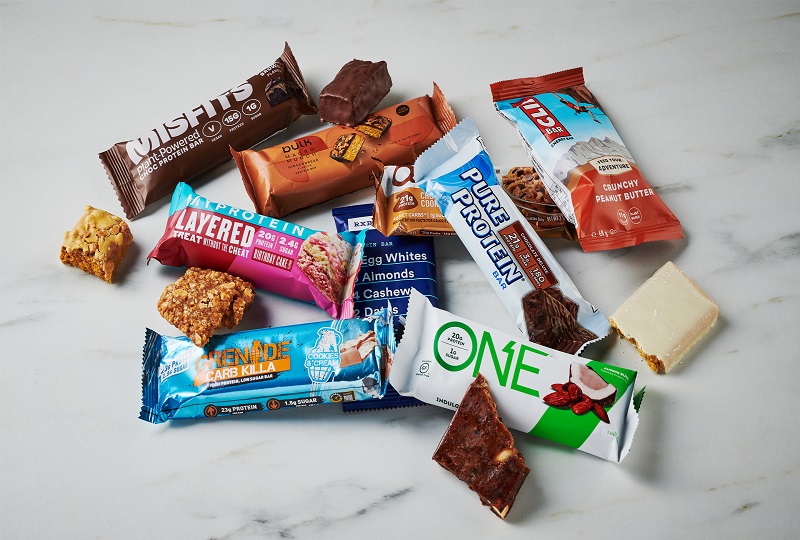 01
01Further Discussion About Protein Bar Packing Machinery
27-02-2024 -
 02
02Sustain The Best Crispy With Automatic Packaging Machines
29-01-2024 -
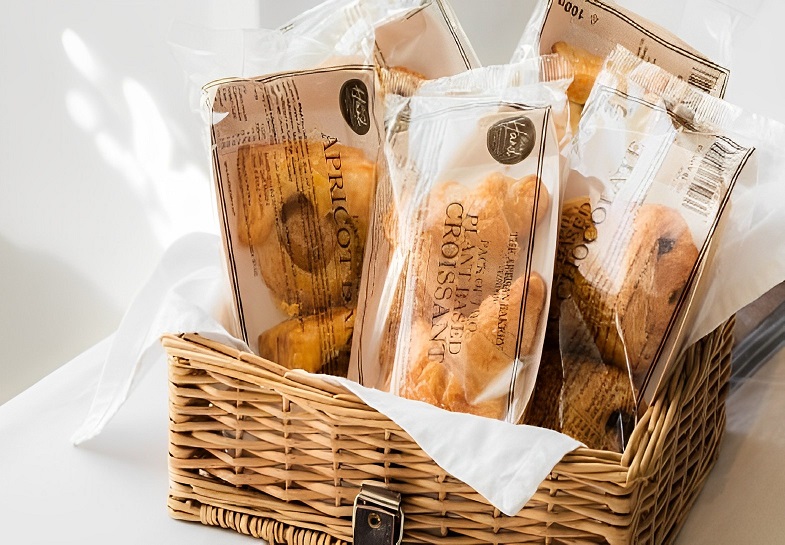 03
03Bread Packing Machine For Bakery Business
19-01-2024 -
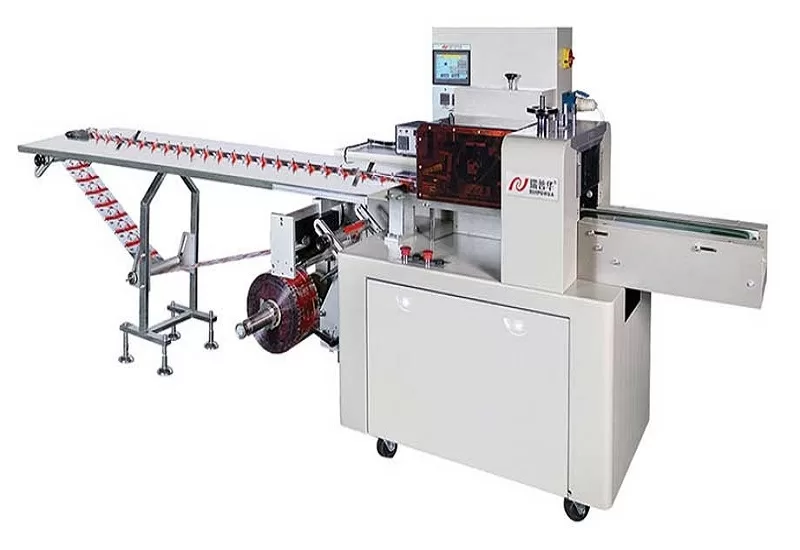 04
04How Flow Wrappers Are Adapting to Changing Trends
01-11-2023 -
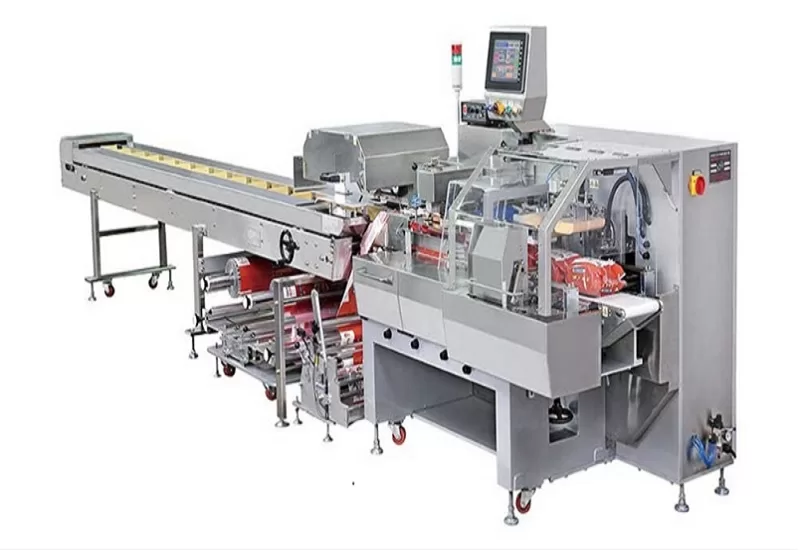 05
05The Comprehensive Guide to Packaging Machinery
31-10-2023 -
 06
06Automatic Cookie Packaging System Performance
01-09-2023 -
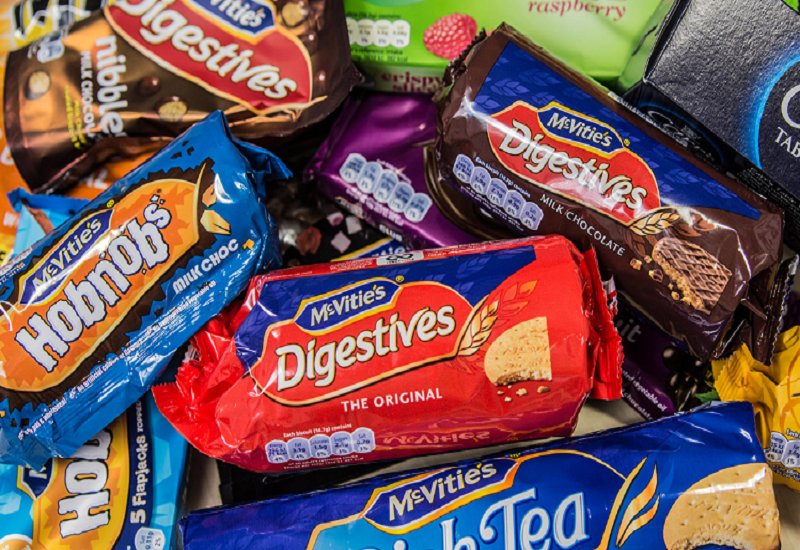 07
07Streamlining Biscuit Packaging with Multipack Biscuit Packaging Machines
25-08-2023 -
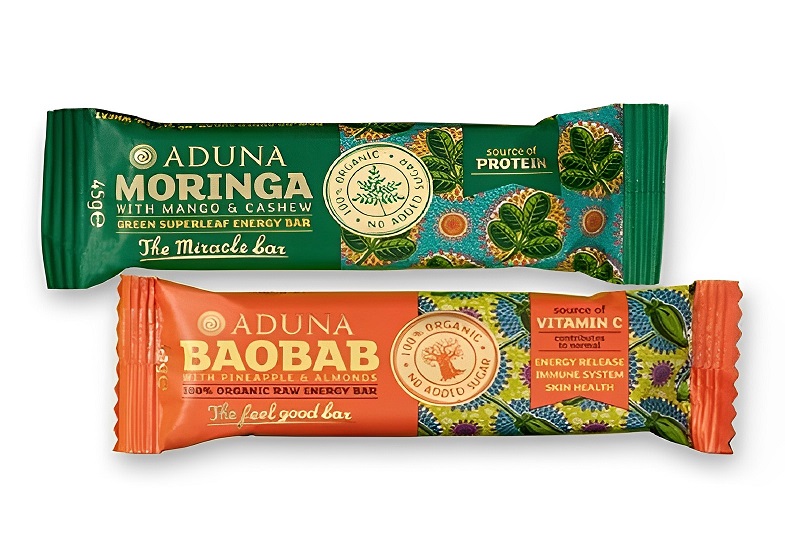 08
08From Assembly To Shipping: The Energy Bar Packaging Machine Does All
28-02-2023 -
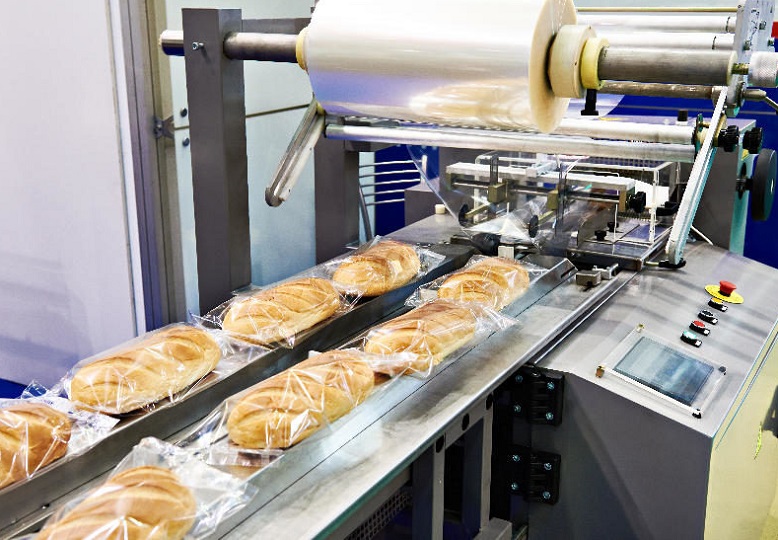 09
09Maximizing Efficiency With Food Packaging Machine Technology
22-02-2023 -
 10
10Clients Hunt For Professional And Functional Packaging Machine
10-11-2022



